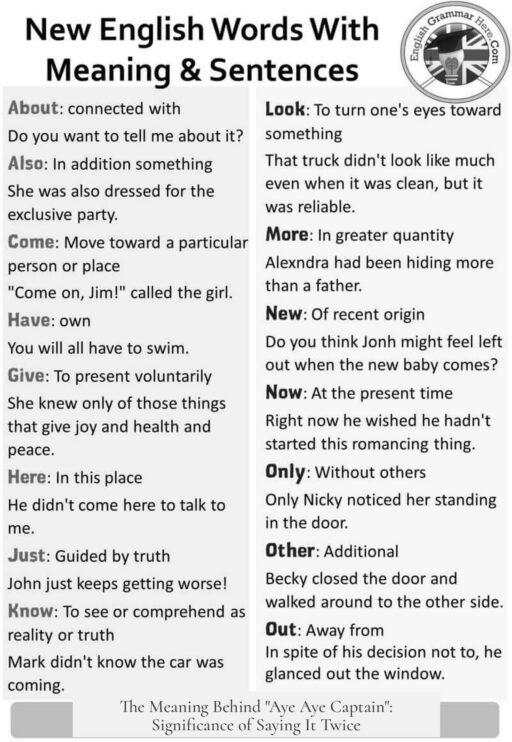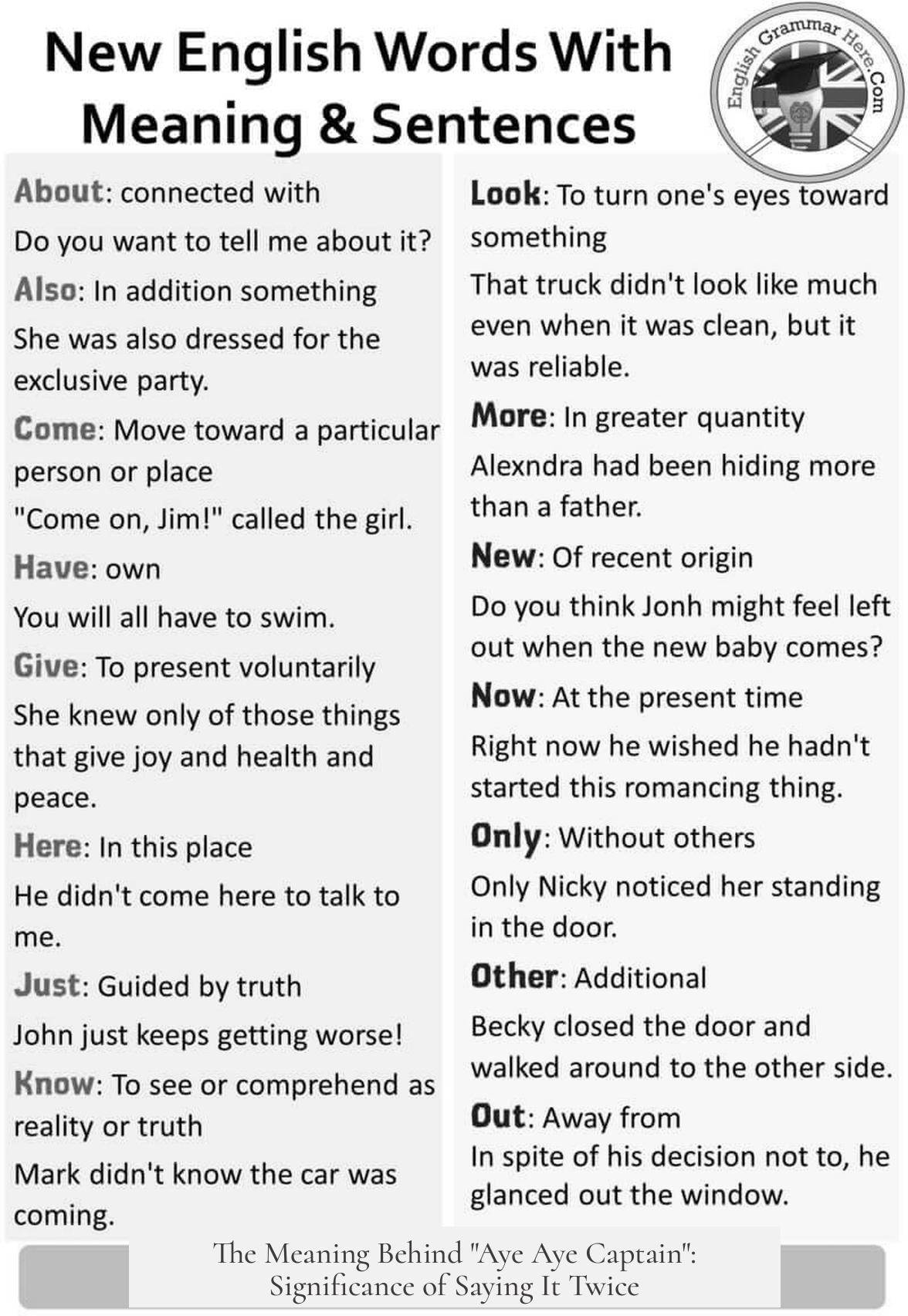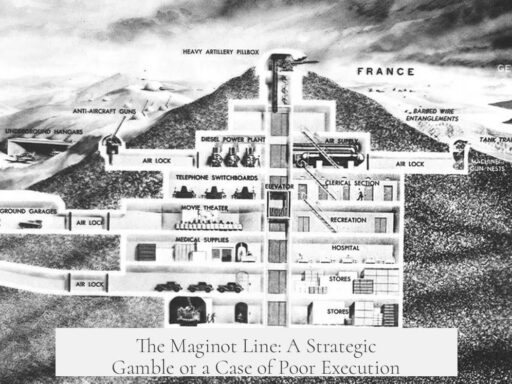The phrase “Aye aye captain” means a sailor acknowledges, understands, and commits to carrying out a command. Saying “aye” twice emphasizes this clarity and assurance. It translates literally as “Yes yes captain,” with the repetition serving a practical purpose aboard noisy ships and conveying more than mere agreement.
“Aye” is an old English term for “yes,” originating from linguistic roots possibly linked to early English or Old French. It entered maritime language by the 16th century, especially in the British Royal Navy. Sailors used “aye aye” to reply to orders, distinguishing simple acknowledgment from the promise to obey.
Repeating “aye” fulfills a key function. The first “aye” signals the command was heard. The second confirms understanding and intent to act. On loud, wind-blown ships, this clear double response avoids miscommunication. Unlike a simple “yes,” which could be ambiguous or imply optional compliance, “aye aye” guarantees obedience.
The addition of “captain” highlights respect for the commanding officer. The phrase thus functions as a formal, respectful reply to a superior’s lawful order. The structure keeps naval commands efficient and authoritative while maintaining hierarchy.
Historically, sailors did not use “yes sir” or “yes ma’am” because these phrases might suggest hesitation or refusal. The “aye aye” form ensures that the sailor accepts orders without doubt.
Today, “aye aye captain” remains popular in maritime settings. It also appears widely in popular culture, often humorously or informally. Shows like SpongeBob SquarePants helped popularize the phrase beyond nautical circles. People now use it lightheartedly to indicate they will comply with requests or instructions.
| Aspect | Explanation |
|---|---|
| Meaning of “Aye” | Affirmative “yes” rooted in Old English and early maritime language. |
| Purpose of Repetition | Ensures the order is heard and will be obeyed; avoids confusion in noisy environments. |
| Significance of “Captain” | Adds respect and acknowledges the commanding officer’s authority. |
| Origin | British Royal Navy, 16th century and onwards. |
| Contemporary Usage | Both nautical and informal/pop culture use, often to show humor or playful compliance. |
In summation, “aye aye captain” is a precise, respectful naval response that combines assurance, clarity, and obedience. Its repeated structure matters as much as its meaning. The phrase continues to convey readiness to act, rooted in centuries of maritime tradition.
- “Aye aye captain” means “Yes, I hear you and will obey.”
- Repeating “aye” ensures acknowledgment and commitment.
- The phrase originates in the British Royal Navy’s 16th-century traditions.
- “Captain” signals respect and the rank of the commanding officer.
- It remains a standard naval reply and a popular cultural expression.
Why is “Aye” said twice in the phrase “Aye Aye Captain”?
The first “aye” shows that the order has been heard. The second “aye” means the order is understood and will be followed. This repetition ensures clarity on noisy ships.
What does “Aye Aye Captain” literally mean?
It translates as “Yes Yes Captain.” It means a sailor agrees with the command and will carry it out promptly.
Where does the phrase “Aye Aye Captain” come from?
It originates from the British Royal Navy, dating back to the 16th century. “Aye” is an old English word for “yes.”
Why not just say “Yes, Captain” instead of “Aye Aye Captain”?
“Yes” can imply a choice to refuse. “Aye aye” confirms both hearing and commitment to obey the order without question.
Does saying “Captain” at the end have a specific meaning?
Yes, adding “Captain” shows respect and acknowledges the authority of the commanding officer.
Is “Aye Aye Captain” used outside the navy?
Yes, it is often used humorously or informally to show agreement or compliance, sometimes referencing its naval origins.




